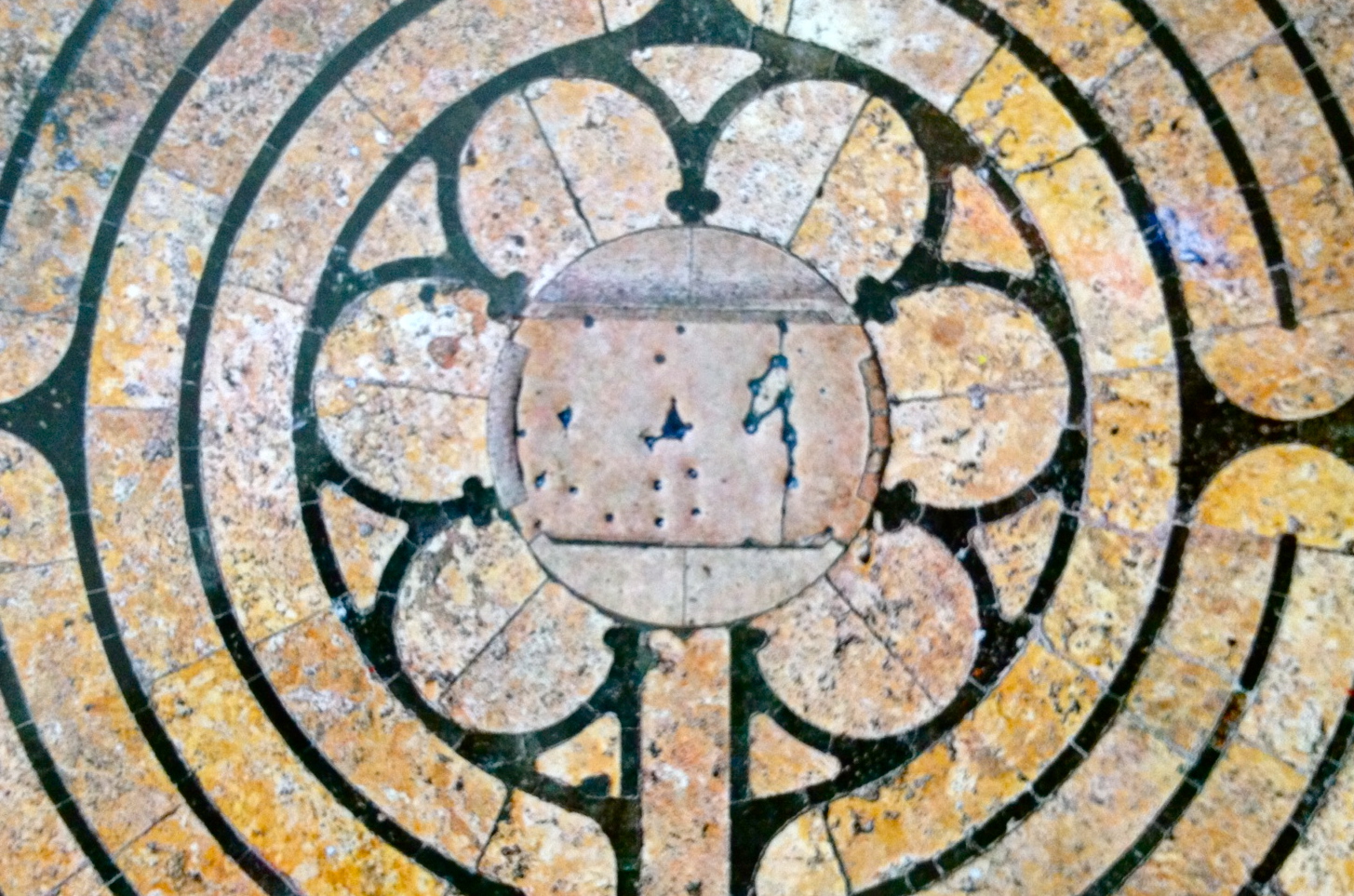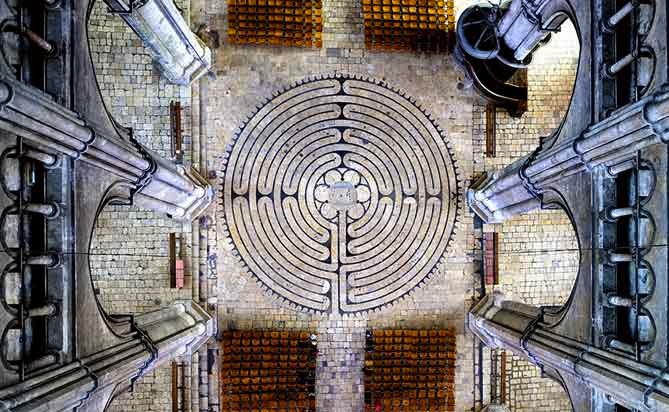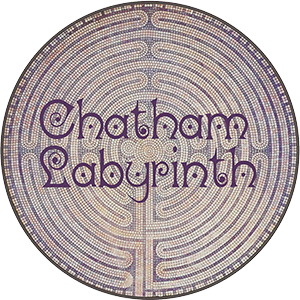

Labyrinths
Labyrinths have existed since ancient times in numerous cultures throughout the world and have been part of our artistic and spiritual landscape. They are most often found on the ground, created two-dimensionally in stone or mosaic, or three-dimensionally with stones, so that a person can walk inside through a single entrance. They are also found throughout history painted on canvas or pottery, carved into gems, and woven into baskets.
They are generally in the shape of a circle with a single winding path into the center and are often mistaken to be a maze. However, there is only one continuous path to the center and back out again. There are no tricks or dead ends.
In medieval Europe, large pavement labyrinths began to appear on the floors of cathedrals in northern France. Because of the Crusades and/or the cost of travel, most European Christians could not go on pilgrimages to Jerusalem, so the labyrinth served as a way for pilgrims to symbolically take the journey, moving prayerfully along the long winding path to the center and then out again.
In recent years, there has been a revived interest in the labyrinth as a spiritual tool representing the human journey of life with all its twists and turns, and as a meditative walk that clears the mind, opens the heart and grounds the body. (Adapted from “Walking a Sacred Path” by Lauren Artress)
Numerous new labyrinths are being constructed both in churches and in secular places. They can be found in medical centers, parks, schools prisons, spas, cathedrals, retreat centers as well as in people’s backyards. Many exist on and around Cape Cod, including one at Heritage Plantation in Sandwich, Barnstable High School, EvenSong Retreat Center in Harwichport and Tabor Academy in Marion, MA.

